They’re out there—right under your nose—and you probably don’t even see them. While most people picture squirrels, rabbits, or raccoons when they think of small mammals, nature’s tiniest creatures are masters of stealth. Some weigh less than a paperclip. Some could fit on a bottle cap. And yet, they’re living full lives—hunting, nesting, raising young—right in your backyard. These pint-sized powerhouses may be easy to miss, but they’re anything but boring. With lightning-fast reflexes, quirky diets, and adorable faces, they’re proof that size has nothing to do with charm—or toughness. From shrews that burn calories faster than a hummingbird to bats that roost in your shed without a sound, these tiny mammals are the unseen champions of the animal world. And six of them? Live right here in the U.S. Ready to spot the nearly invisible?
American Pygmy Shrew
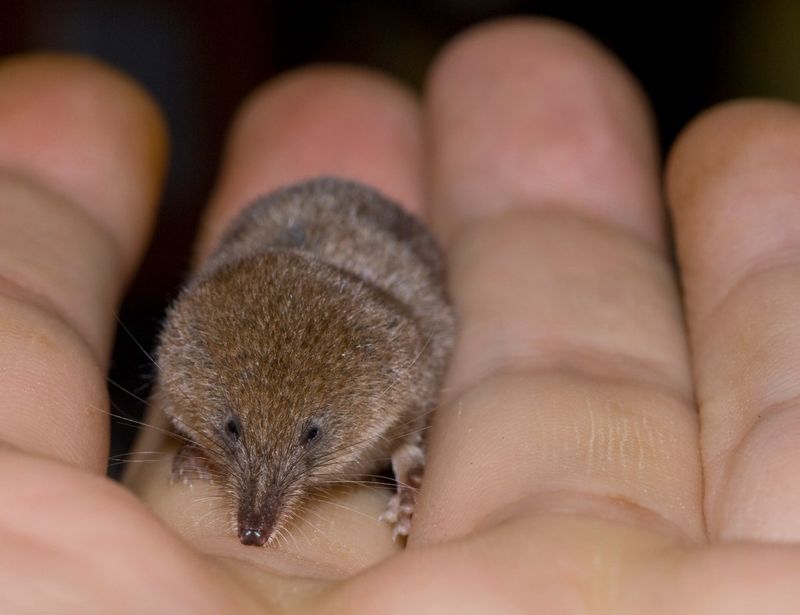
Meet the American Pygmy Shrew, the smallest mammal in North America. Weighing less than a dime, this tiny creature scurries through the underbrush of forests, hunting for insects. Its high metabolism means it must eat constantly to survive. Despite its size, it is a fierce predator, capable of tackling prey larger than itself.
Its keen sense of smell guides it in the dark, making it a master of nocturnal hunting. Found across the northern United States, this shrew is a testament to the saying, “good things come in small packages.”
Eastern Harvest Mouse
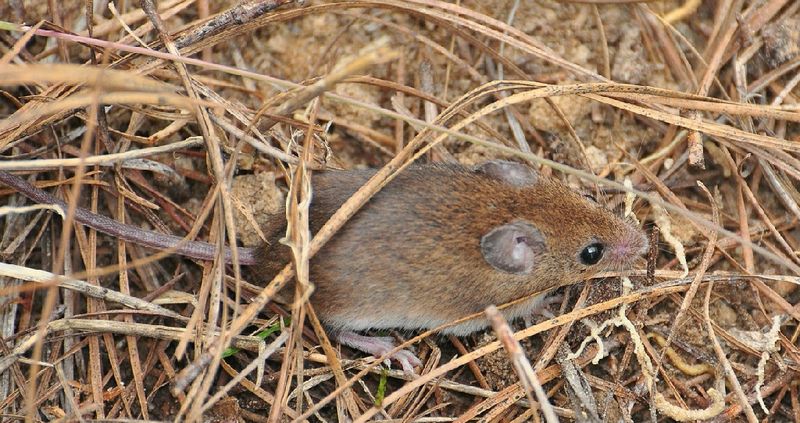
The Eastern Harvest Mouse is a tiny rodent with a big appetite for grains. It can be found in open fields and grassy areas, where it nimbly climbs stalks of wheat and corn. This mouse is an expert builder, creating spherical nests out of grass and leaves.
Its nocturnal lifestyle keeps it safe from predators, while its small size allows it to hide easily among crops. With its soft, brown fur and delicate whiskers, the Eastern Harvest Mouse is both elusive and adorable, embodying the beauty of small-scale wildlife.
Least Weasel
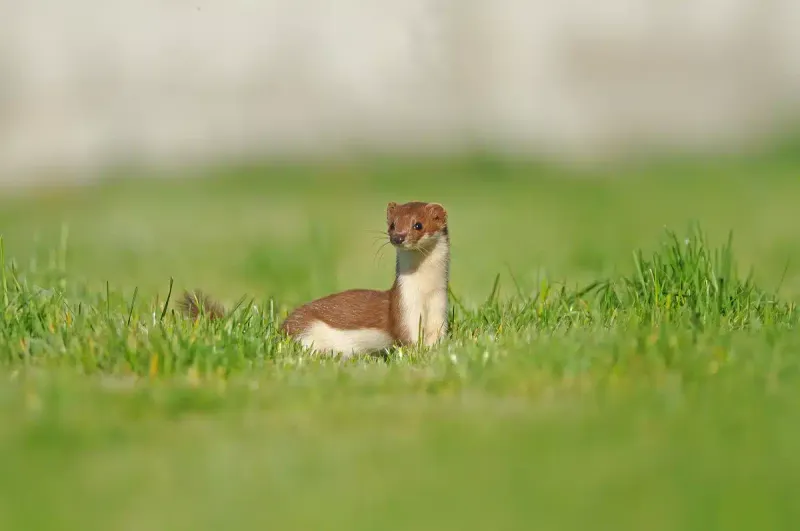
The Least Weasel is the smallest true carnivore, with a slender body designed for hunting. Found in open fields and meadows, it preys on small rodents with precision. Its agility and speed allow it to catch prey swiftly, making it a formidable hunter despite its size.
In winter, its coat turns white, blending with the snow and enhancing its stealth. In the summer, its fur is a rich brown, aiding in camouflage. Known for its fierce nature, the Least Weasel proves that size is not indicative of fierceness in the animal kingdom.
Western Small-footed Bat
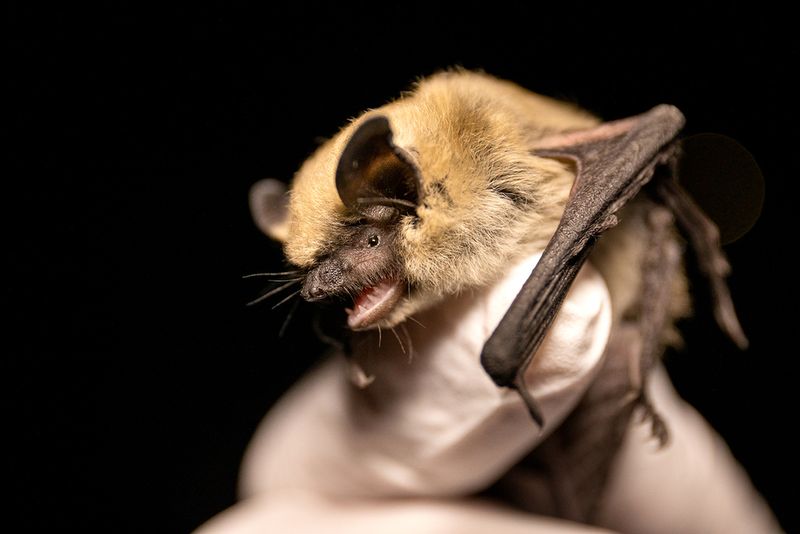
The Western Small-footed Bat is a tiny nocturnal flier, navigating the night skies with echo-location. Found in the western United States, this bat roosts in caves and abandoned mines. Its tiny feet are perfect for hanging upside down, a classic bat resting pose.
Despite its small stature, it plays a crucial role in controlling insect populations. With its large ears, it can detect the faintest of sounds, guiding it to its prey. This bat exemplifies the importance of even the smallest creatures in maintaining ecological balance.
Northern Short-tailed Shrew
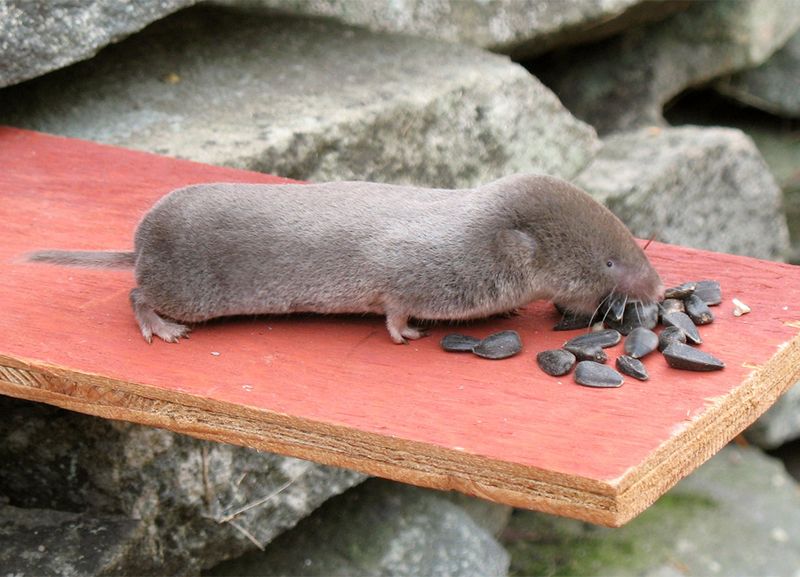
The Northern Short-tailed Shrew is an extraordinary mammal with venomous saliva, a rarity among mammals. Found in moist forests and grasslands, this shrew hunts insects and small animals with its powerful bite. Its velvety fur is a sleek gray, aiding in its secretive lifestyle.
Despite being nearly blind, it navigates its environment with ease, using echolocation—a skill shared with bats. Its short tail and plump body make it distinctive among shrews. This mammal’s unique adaptations remind us of the endless possibilities evolution provides.
Desert Kangaroo Rat
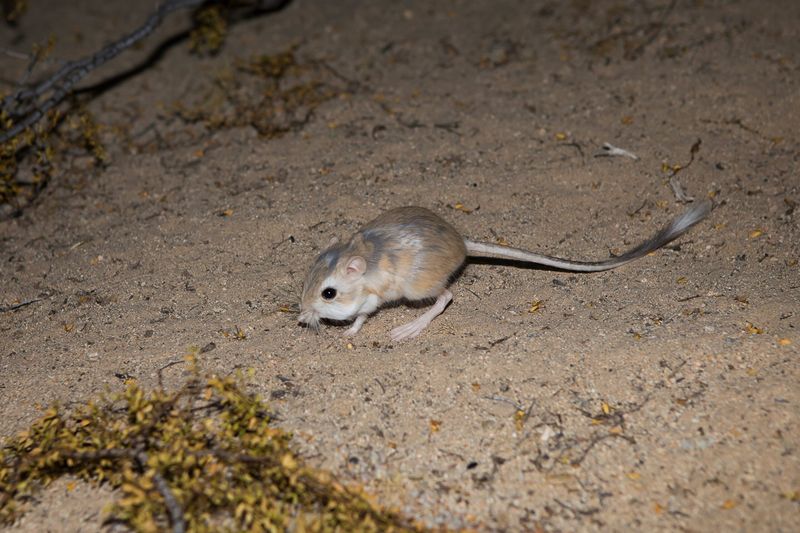
In the arid deserts of the Southwest, the Desert Kangaroo Rat thrives. Known for its impressive jumping ability, it uses its large hind legs to leap away from predators. This rat is a master of resourcefulness, able to survive without direct water sources by metabolizing moisture from seeds.
Its big eyes and long tufted tail aid in balance and navigation. With ears that detect the softest sounds, this nocturnal creature avoids danger with agility. The Desert Kangaroo Rat exemplifies adaptation, showcasing the wonders of evolution in harsh environments.
Marsh Rice Rat
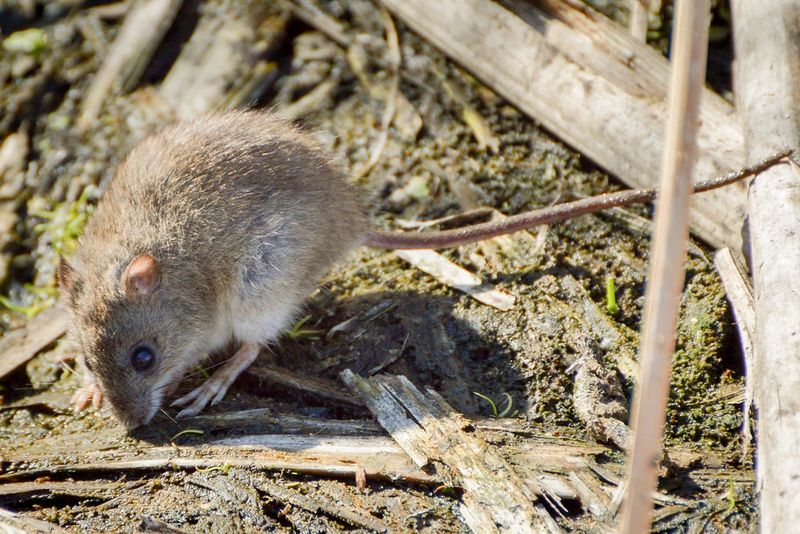
The Marsh Rice Rat is a semiaquatic rodent found in the wetlands of the southeastern United States. Its long, sleek body aids in swimming, making it a skilled navigator of its watery home. This rat feeds on a diet rich in aquatic plants and small invertebrates.
With its gray fur and pink-tinted paws, the Marsh Rice Rat is adapted to its marshy habitat. It builds nests above water level to escape flooding, demonstrating an intuitive survival strategy. This rat highlights the adaptability of small mammals in unique ecosystems.
Southern Bog Lemming

Southern Bog Lemmings may be elusive, but their presence in moist, grassy habitats is crucial. These small rodents have stocky bodies and short tails, ideal for their low-profile lifestyle. They feed on a diet of grasses and seeds, contributing to their ecosystem’s balance.
Their distinctive fur is a mottled brown, blending seamlessly with their environment. Known for creating intricate tunnel systems, these lemmings are expert architects of their below-ground homes. The Southern Bog Lemming embodies the subtle but significant role small mammals have in nature’s tapestry.
Pacific Jumping Mouse

The Pacific Jumping Mouse is a marvel of motion, known for its incredible leaping ability. Found along the Pacific coast, it inhabits moist forests and grasslands. Its long hind legs and tail provide the perfect balance for its acrobatic jumps.
This mouse’s diet consists of seeds, fruits, and insects, reflecting its diverse habitat. Its striking yellow-brown fur and white underbelly make it easily recognizable. The Pacific Jumping Mouse’s dramatic leaps and vibrant appearance make it a fascinating subject of study in the animal kingdom.
Mexican Free-tailed Bat
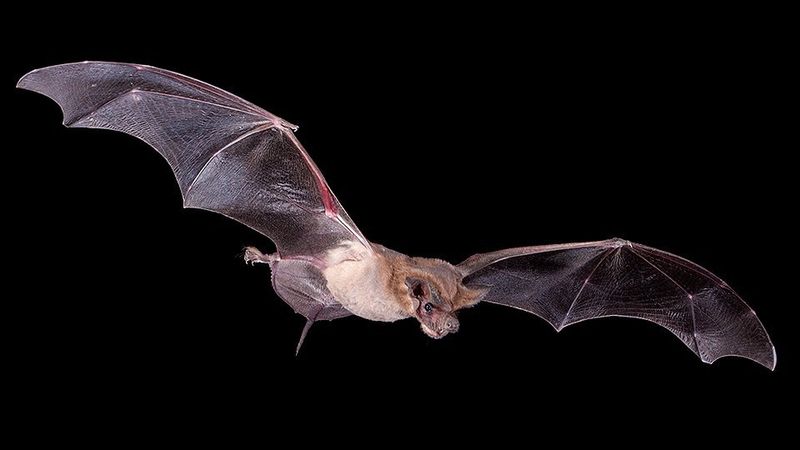
The Mexican Free-tailed Bat is a high-flying marvel known for its speed and agility. These bats form large colonies, often roosting in caves across the southern United States. Their long, narrow wings allow for swift, maneuverable flight, essential for catching insects mid-air.
With a tail that extends beyond the wing membrane, these bats are easily identified. Their echolocation ability is highly refined, aiding in their hunting prowess. The Mexican Free-tailed Bat is a vital part of its ecosystem, helping control insect populations and pollinating plants.
Appalachian Cottontail

Deep in the Appalachian Mountains, the Appalachian Cottontail makes its quiet home. This small rabbit is adapted to high altitudes, thriving in the dense forest underbrush. Its keen senses help it detect predators, while its agile movements facilitate a quick escape.
Recognizable by its smaller size and distinctive ear tufts, this cottontail blends seamlessly with the forest floor. Feeding on a diet of grasses and shrubs, it plays an essential role in its ecosystem. The Appalachian Cottontail exemplifies the resilience and adaptability of small mammals in varied terrains.
Spotted Ground Squirrel
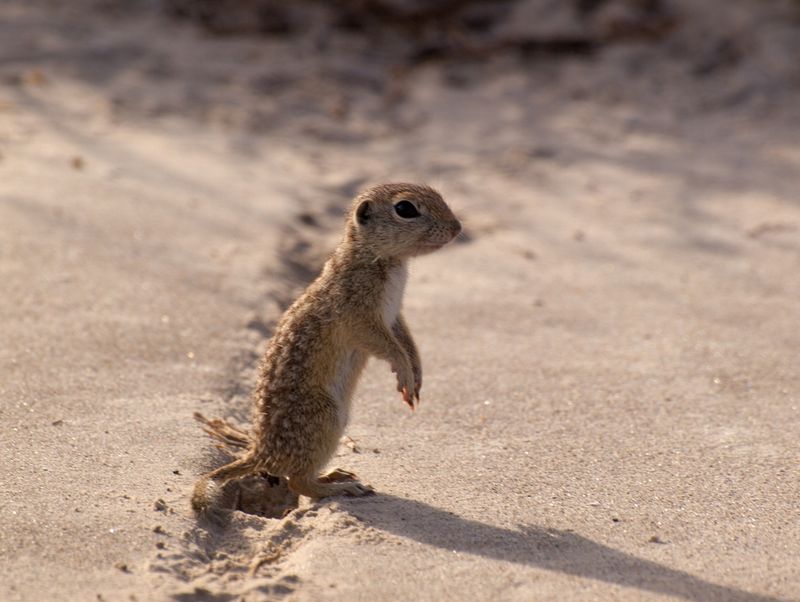
The Spotted Ground Squirrel is a lively presence in the open fields of the Midwest. Known for its distinctive spotted coat, this small rodent is an expert digger, creating extensive burrow systems. Its burrows provide shelter and storage for food, reflecting its resourceful nature.
This squirrel’s diet includes seeds and insects, essential components of its ecosystem. Its vigilant posture and quick reflexes help it avoid predators. The Spotted Ground Squirrel’s adaptability highlights the dynamic roles of small mammals within their environments, turning fields into bustling communities.
Northern Flying Squirrel

Gliding silently through the night, the Northern Flying Squirrel is a marvel of the forest. Found in mixed forests across the U.S., this squirrel uses a special membrane, the patagium, to glide from tree to tree.
Its nocturnal habits keep it safe from predators while it searches for nuts and fungi. With its large eyes and bushy tail, it navigates the darkness with ease. The Northern Flying Squirrel’s gliding ability and night-time activity showcase the fascinating adaptations of small mammals to their environments.
Pygmy Rabbit
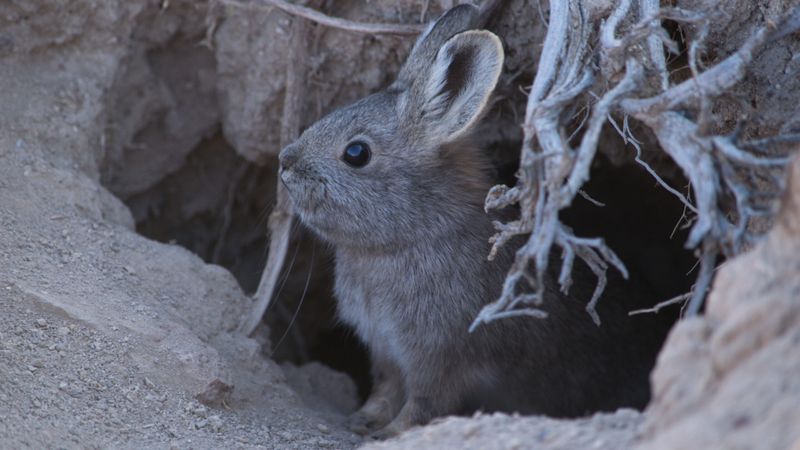
The Pygmy Rabbit is the smallest rabbit species in North America, inhabiting the sagebrush plains of the western United States. Its diminutive size is complemented by its fluffy fur and short ears, making it both adorable and perfectly adapted to its environment.
This rabbit feeds primarily on sagebrush, which provides both nourishment and cover. Its burrowing habits create shelters that protect against predators and harsh weather. The Pygmy Rabbit’s life in such a specific habitat illustrates the delicate balance between species and their ecological niches.
Little Brown Bat
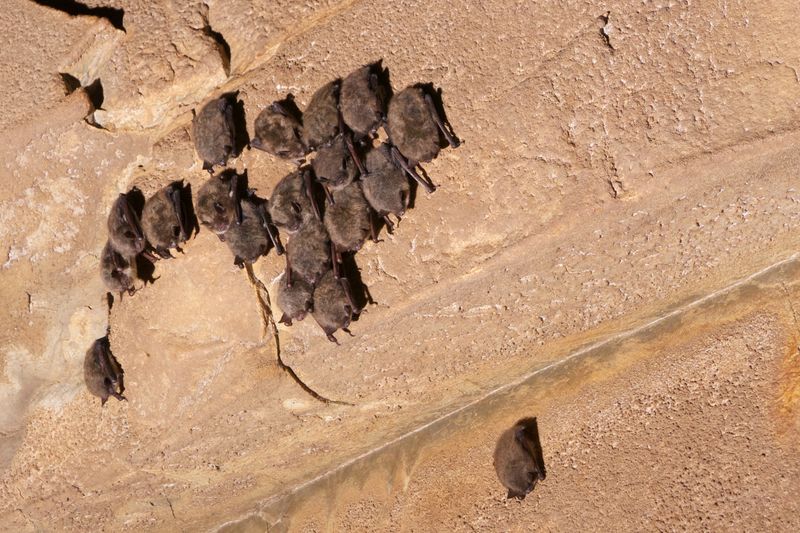
The Little Brown Bat is a small yet significant species found throughout North America. Known for its insect-eating capabilities, this bat contributes greatly to pest control. Roosting in attics and caves, it forms colonies that can number in the thousands.
Its echolocation skills allow it to hunt efficiently in the dark, capturing insects on the wing. With its small size and brown fur, it’s a common yet important presence in many ecosystems. The Little Brown Bat exemplifies the critical roles small mammals play in maintaining ecological health.
Hispid Cotton Rat
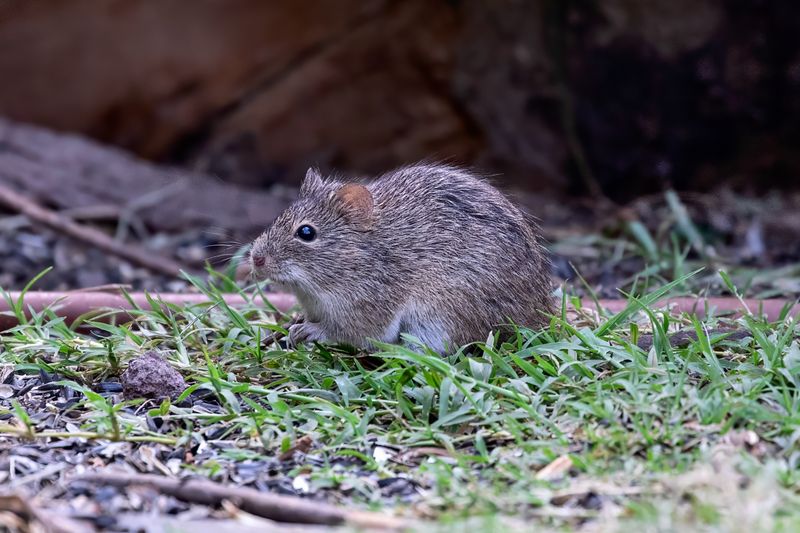
The Hispid Cotton Rat is a robust rodent found in grassy fields and agricultural areas. Recognizable by its coarse fur and slightly hunched posture, it plays a vital role in its habitat. This rat’s diet includes grasses, seeds, and sometimes insects, making it an integral part of its ecosystem.
Its ability to reproduce quickly ensures population stability even in changing environments. The Hispid Cotton Rat’s adaptability and resilience highlight the importance of small mammals as both prey and consumers in the food chain.
Eastern Pipistrelle
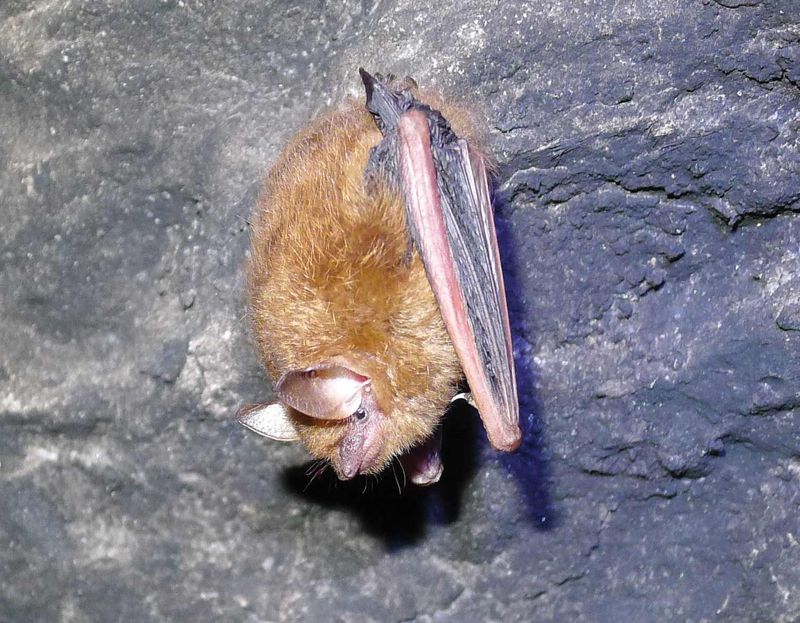
The Eastern Pipistrelle, or tri-colored bat, is a small, agile creature that flits through the twilight skies of the eastern United States. Its name comes from its distinctive fur, which appears tri-colored under close inspection.
This bat is one of the first to emerge at dusk, hunting for insects with its precise echolocation. Roosting in tree foliage and sometimes buildings, it is adaptable to various environments. The Eastern Pipistrelle’s unique coloration and early activity make it a fascinating subject within the vast diversity of bats.
Pygmy Jerboa
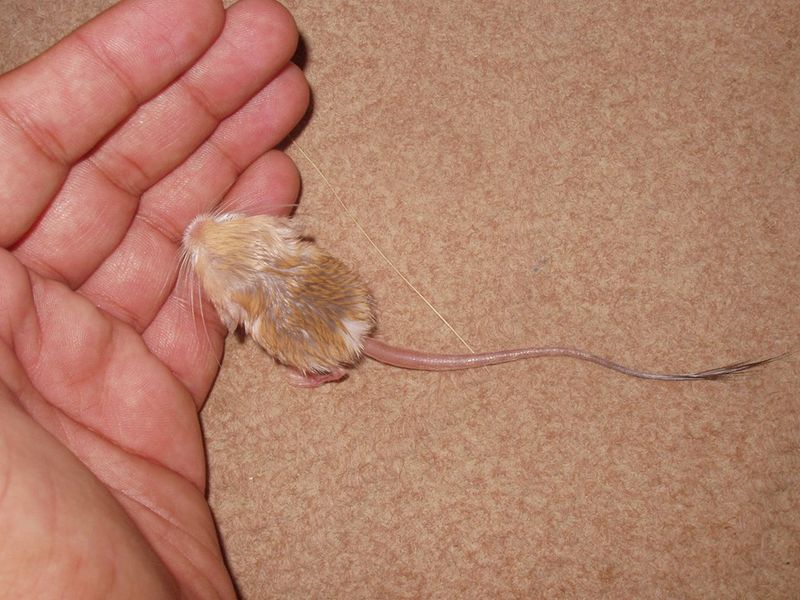
With a hop and a skip, the Pygmy Jerboa dances through the arid landscapes of North Africa and Asia. Weighing just a few grams, this pint-sized rodent boasts disproportionately long legs, enabling it to leap great distances in search of food. Its oversized ears and whiskers enhance its nocturnal lifestyle, helping it navigate and hunt in the dark.
A tiny heart beats rapidly beneath its soft, sandy fur, as it avoids predators with agile maneuvers. Despite its size, the Pygmy Jerboa’s role in seed dispersal contributes significantly to its habitat’s ecological balance, making it an unsung hero of the desert.
Did you know? The Pygmy Jerboa holds the title for one of the smallest rodents in the world, yet its impact on its environment is anything but small.

